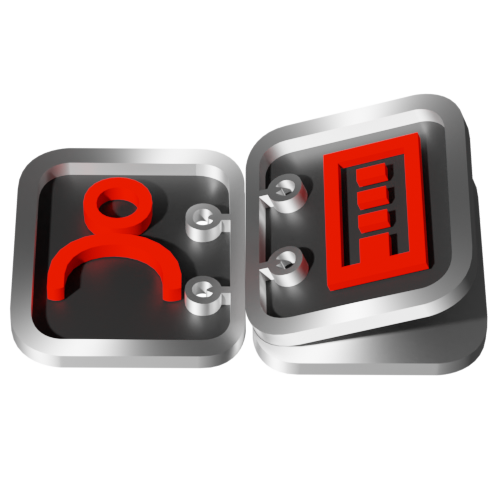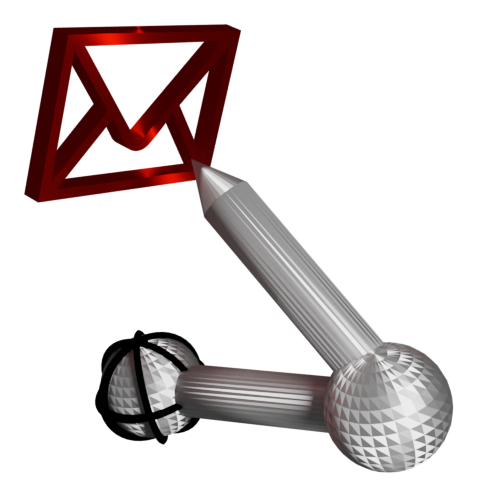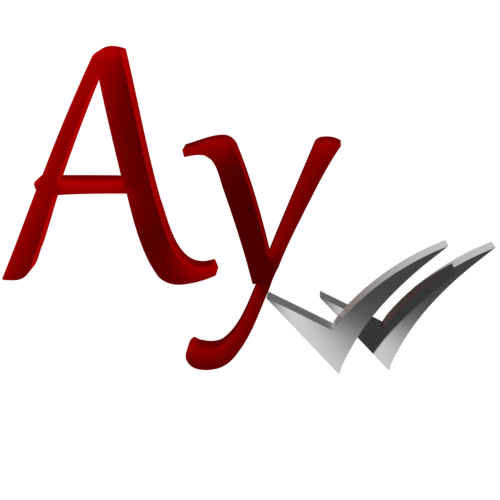AyMINE – Technical documentation
Modules
 Task, project & quality management
Task, project & quality management
Manager approval with the task report
Why some data can't be deleted
Adminitration of areas, projects, calendars
Region / project / methodology
Change management process in a project
GDPR and record of qualifications
Qualification of user or contact
Right to Manage Qualifications
Failure Analysis for an Individual Property of a Component or Process
FMEA – Probability of Detection
FMEA – Probability of Occurrence
 Task, project & quality management
Task, project & quality management
Administration of the Task Management Module
System rights for the task management module
Methodology and Quality Management systems
What a methodology / QMS consists of
Collaborative Resolution of Multiple Problems
Customer Service Response Generation
Incident and Quality Issue Management
Objects affected by the problem
Problems, Incidents, Helpdesk Tickets
Return project plan by baseline
Sample tasks and methodologies of the area
Effect of the task on the right to modify the attached object
The person responsible for the task
Working procedure – task definition
Objects related to the task pattern
 Contacts and directories module (CRM)
Contacts and directories module (CRM)
Order overview for customer groups
 Contacts and directories module (CRM)
Contacts and directories module (CRM)
System Permissions and CRM Module Settings
Send bulk messages in compliance with GDPR
How to correctly forget a person's details
Unsubscribe and set preferences
for bulk mail
 Web management and automation
Web management and automation
Receiving a message from the web
Human resources
Personalistics – User Permissions
Human Resources module security
Manage department / division data
Overview of Personnel Information for pracov# Employment Contract
Synchronizing staff and system users
 Products, assets and sales
Products, assets and sales
Received order for goods or services
Finance management
Metrics and Measurements
Technical Modules
Sabre plugin module
Enterprise Architect connector
Database link to Enterprise Architect database
Enterprise Architect connector
System Modules
 The AyMINE Framework Module
The AyMINE Framework Module
AyMINE — Tips for Mobile Usage
Configure how your system looks and works
Gestures and Keyboard Shortcuts
More about how the system works
Private notes and tags for objects
Overview of Modules and Record Types
Filtering in the list of records
 System Management
System Management
Additional functions with files
Copying and moving files between objects
Files (documents) linked to the object
Formatted texts in the application
Gateway settings for external messages
IMP gateway settings for email communication
Internet Call Gateway Settings
Message with the outside world
 Notice - example of use
Notice - example of use
The example shows how effective communication should take place in a company.
Everyone in a company should be able to suggest a change, an improvement, or to draw attention to a problem. But with that, questions quickly emerge
- How to do it?
- Won't they laugh at me?
- Is the proposal a problem or a change? How are things actually right?
Often, uncertainty is the reason why people don't draw attention to a problem for a long time, even if they know about it. Or they don't propose a change, because they tell themselves that someone has already thought of it.
The available model of organization, and especially organization, is suitable for making it easy for people to draw attention. The more people in a company know where to look for products, for example, the more they can point out what would be useful to change. No sophisticated tool is needed for this.
Step 1: I have an idea
- Excellent! Bring it on. In the company information, open the company model and product overview
- Select the product for which you have an idea. It may not be just a product, but perhaps a manufacturing process, or even a purchased product
- Open the detail - you almost certainly can't do anything about it, that's fine. But you can send it to the owner notice with your idea.
Step 2: I got an idea from a colleague
- The idea in the notice will certainly not get lost. It's on your main desk, so you'll see it as soon as you open AyMINE. And if you're not working with it on a daily basis (that's a shame), it will come in your mail with a link.
From the notice, you can open the detail of the product or other record it relates to.
When you think about the notice that came in:
- Be sure to reply to whoever sent you the notice. He can see that you've already read the message, but answering is polite.
- You know best yourself - because it's your product - whether the notice points to a problem, or it's worth noting the idea in the request and processing it in the project. Or just explaining to the recipient that things are different than they thought.
- You can easily create both the problem and the request directly from your desk. On the alert, you use the
trace button and select what to create. The newly created problem or request will be automatically linked to the product it concerns.
Why use the alert
When someone has an idea, it does not mean that they know correctly whether it is a mistake, a meaningful change, or there are reasonable reasons why things are the way they are. It is the job of the product owner to decide how to approach the idea. Therefore, the person who has the idea sends the alert, but does not directly create, for example, a problem. The problem would fall into the statistics, so it might bother someone, but mainly it is more laborious to cancel the problems - you need to state the reason, and it will probably get checked during an internal audit.
Unlike an email, the idea does not fit. With a product, it is visible and seen, for example, by the manager, who may ask why the idea was not processed. When you send the same thing in an email, it can end up unresolved, stuck in a pile of more urgent things. A product's notification isn't lost, even if it accidentally changes who takes care of it. Internal emails, on the other hand, are one of the least popular communications and the most frequently missed message. It's therefore a good idea to avoid them and use notice, discussion or notes on records.